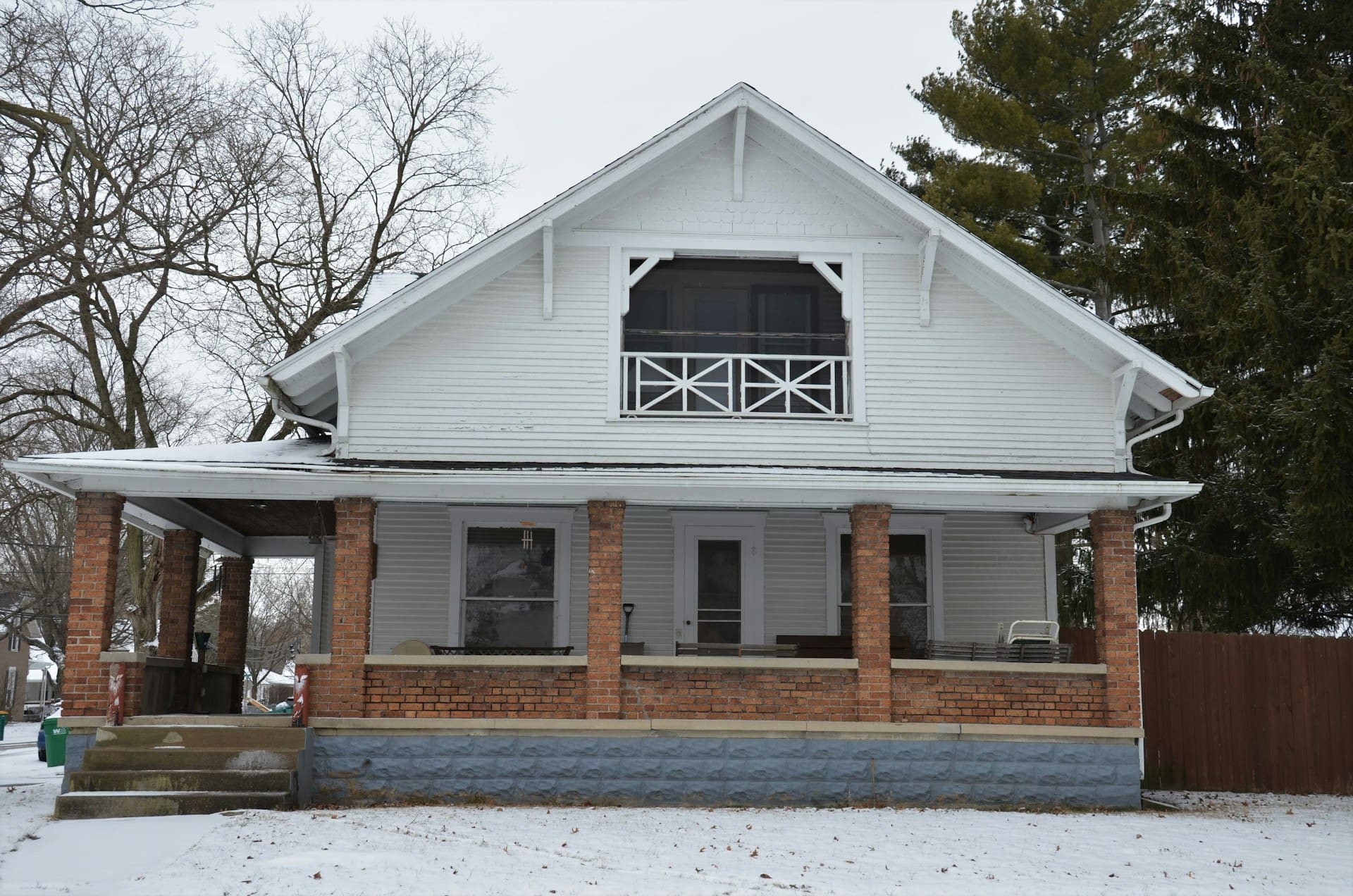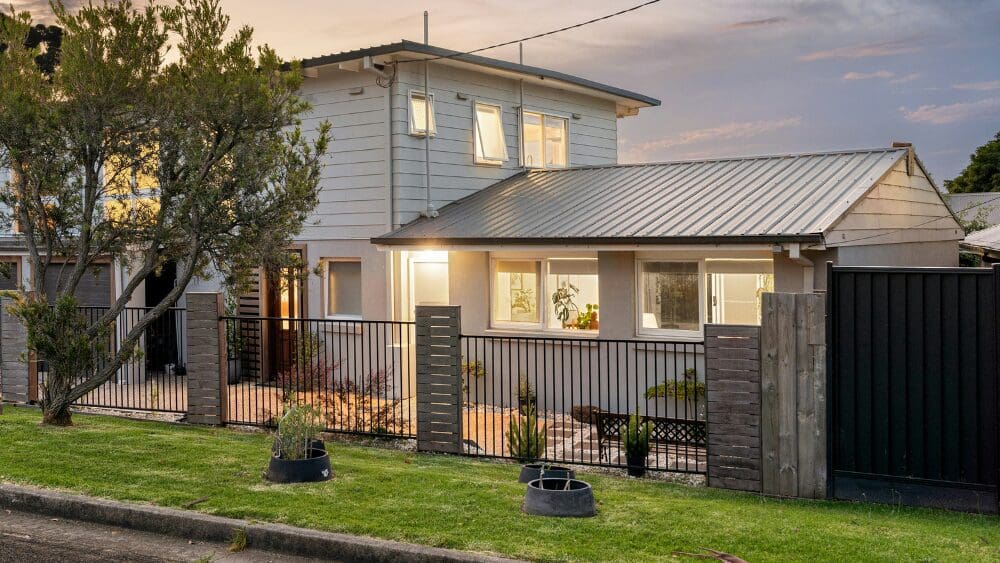
It’s estimated that nearly 3 million people hold an active real estate license in the United States. Nearly half (1.45 million) are also members of the National Association of Realtors (NAR). If you’re making plans to sell your house, there are some key real estate agent performance metrics you should scrutinize before you sign a listing agreement. By learning to interpret data points like Days on Market (DOM), the sale-to-list price ratio, and the Comparative Market Analysis (CMA), you can select an agent who is statistically proven to sell homes faster and for more money. At HomeLight, we analyze millions of transactions to identify agents who consistently outperform their peers on these very metrics. Let’s start with how long it takes an agent to sell a house.
Days on Market (DOM) is the number of days a home is actively listed for sale on the Multiple Listing Service (MLS) before the seller accepts an offer and the home goes into contract. A low average DOM is a clear indicator of an agent’s effectiveness, as it reflects their ability to price, market, and sell a home efficiently. The importance of DOM cannot be overstated. A home that sells quickly is less likely to become “stale.” This can lead to price reductions and lower offers. An agent with a consistently low DOM is skilled at creating urgency and attracting serious buyers from the start, usually leading to higher proceeds for you. An agent’s average DOM is a telltale piece of their performance puzzle, but it needs context. A 30-day DOM might be exceptional in a market where the average home sells in 60 days, but it would be average in a market where homes typically sell in 30 days. When you’re evaluating an agent, always compare their average DOM to the local market average for similar homes. A top-performing agent will consistently have a DOM that is significantly lower than their market’s average. In most cases, this means their pricing and marketing strategies are superior to their competitors’. HomeLight’s free agent-matching platform does this analysis for you. We provide transparent performance data, showing you how an agent’s average DOM stacks up against others in your specific neighborhood, so you can easily spot the true standouts. When a home lingers on the market, it costs you more than just time. The longer your property is listed, the more you pay in carrying costs, including mortgage payments, property taxes, insurance, and utilities. Beyond the financial strain, there’s an emotional toll of keeping your home in show-ready condition, accommodating last-minute showings, and living in a state of uncertainty. Furthermore, a high DOM can create a negative perception among buyers. They may assume something is wrong with the house or that it’s overpriced, leading them to either skip your listing or submit a lowball offer. A top agent will avoid this from the start, protecting your equity and your peace of mind. The sale-to-list price ratio is a percentage calculated by dividing a home’s final sale price by its last list price. This metric reveals how close to the asking price an agent typically sells their listings for. A ratio at or above 100% indicates the agent sold the home for the list price or higher, which is a strong sign of accurate pricing and skilled negotiation. For example, if a home was listed for $400,000 and sold for $405,000, the sale-to-list ratio would be 101.25%. If it sold for $390,000, the ratio would be 97.5%. An agent’s average sale-to-list ratio is a direct reflection of their pricing strategy and negotiation skills. When reviewing an agent’s sale-to-list ratio, look for consistency across their recent sales. A single great sale doesn’t prove expertise, but a pattern of selling homes at or above list price does. As with DOM, context is crucial. An agent who achieves a 99% ratio in a market where the average is 96% is a far stronger performer than an agent who hits 100% in a market averaging 101%. HomeLight analyzes these nuances across millions of transactions, ensuring the agents we recommend have a proven history of delivering on price for their clients.
A Comparative Market Analysis, or CMA, is a detailed report that real estate agents create to determine a home’s current market value. To read a CMA effectively, you should focus on the quality of the “comps” (comparable properties), the adjustments made for differences, and the logic behind the final suggested price range. This document is the foundation of your agent’s pricing strategy. A well-prepared CMA is not just a collection of data; it’s an agent’s business plan for selling your home. It should give you a clear, evidence-based understanding of where your property fits into the current market. When an agent presents you with a CMA, look for these three key components: 1. Comparable Properties (“Comps”): These are the heart of the CMA. A good comp is a home that is very similar to yours in terms of location, size, age, condition, and features. The most relevant comps are those that have sold within the last three to six months. 2. Adjustments: No two homes are identical, so agents make value adjustments to account for differences. For example, if your home has a newly remodeled kitchen but a comparable home does not, the agent will adjust the comp’s sale price upward. 3. Suggested Price Range and Strategy: A professional CMA concludes with a recommended price range. The agent should be able to present a pricing strategy based on this range. For instance, pricing at the lower end to ignite a bidding war or pricing at the higher end if your home has unique or desirable features. The CMA is also where you can spot an agent who might not be the right fit. Watch out for these warning signs:What is Days on Market (DOM), and why is it important?
How to interpret an agent’s average DOM
The hidden costs of a high DOM
Understanding the sale-to-list price ratio
What does a high sale-to-list ratio tell you about an agent?
How to analyze an agent’s sale-to-list performance
How to read a CMA (Comparative Market Analysis)
What are the key components of a good CMA?
Red flags to watch for when reviewing a CMA



